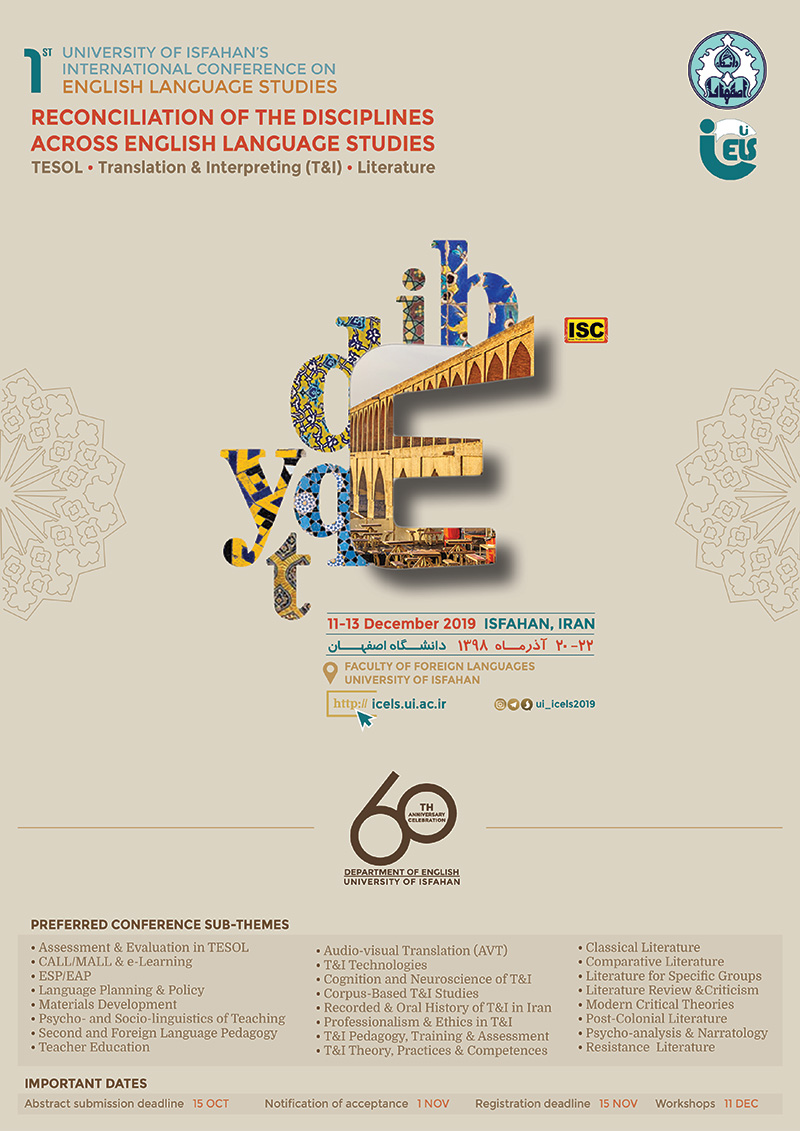
A Study of Margaret Atwood s The Handmaid s Tale in the Light of Archetypal Theory
نویسندگان :
Rana Sabbah ( Urmia University )
چکیده
Taking a journey on self-recognition and a heroic quest to find true self is not confined to a special time or place. The Hand maid s Tale as a timeless myth that links us to all people everywhere discourses the quest of Offred, a segregated and dispossessed handmaid, in a male centered regime to regain her freedom and identity barehanded. Archetypes are manipulated as inner guides for being healed and getting the true self in this novel. Drawing principally from Jung’s conception of Archetypes this paper casts light upon the significance of wound and life pains to initiate a journey. The journeys start with a wound or suffer and departure to be healed and renovate the virtue of life. Jung believed that archetypes are eternal models due to the human collective unconscious. With its emphasis on Carol Pearson s archetypes of Innocent, Warrior, Seeker, Destroyer and Lover, this study analyzes how Offred shatters her inner illusions. It focuses on the heroic quest of Offred to investigate how she manipulates her inner guides to heal her wounds. This study demonstrates, through the figure of Offred and her self-healing journey, the practicality of archetypes as universal models. It is hoped that the elucidation of archetypal ideas in The Hand maid s Tale will contribute to new conceptions of Archetypal studies in Atwood s works and in humanities studies as a whole.کليدواژه ها
wound, archetype, heroic quest, Carol.S.Pearson, The Handmaid s Taleکد مقاله / لینک ثابت به این مقاله
برای لینک دهی به این مقاله، می توانید از لینک زیر استفاده نمایید. این لینک همیشه ثابت است :نحوه استناد به مقاله
در صورتی که می خواهید در اثر پژوهشی خود به این مقاله ارجاع دهید، به سادگی می توانید از عبارت زیر در بخش منابع و مراجع استفاده نمایید:Rana Sabbah , 1398 , A Study of Margaret Atwood s The Handmaid s Tale in the Light of Archetypal Theory , اولين کنفرانس بين المللي مطالعات زبان انگليسي
دیگر مقالات این رویداد
© کلیه حقوق متعلق به دانشگاه اصفهان میباشد.
